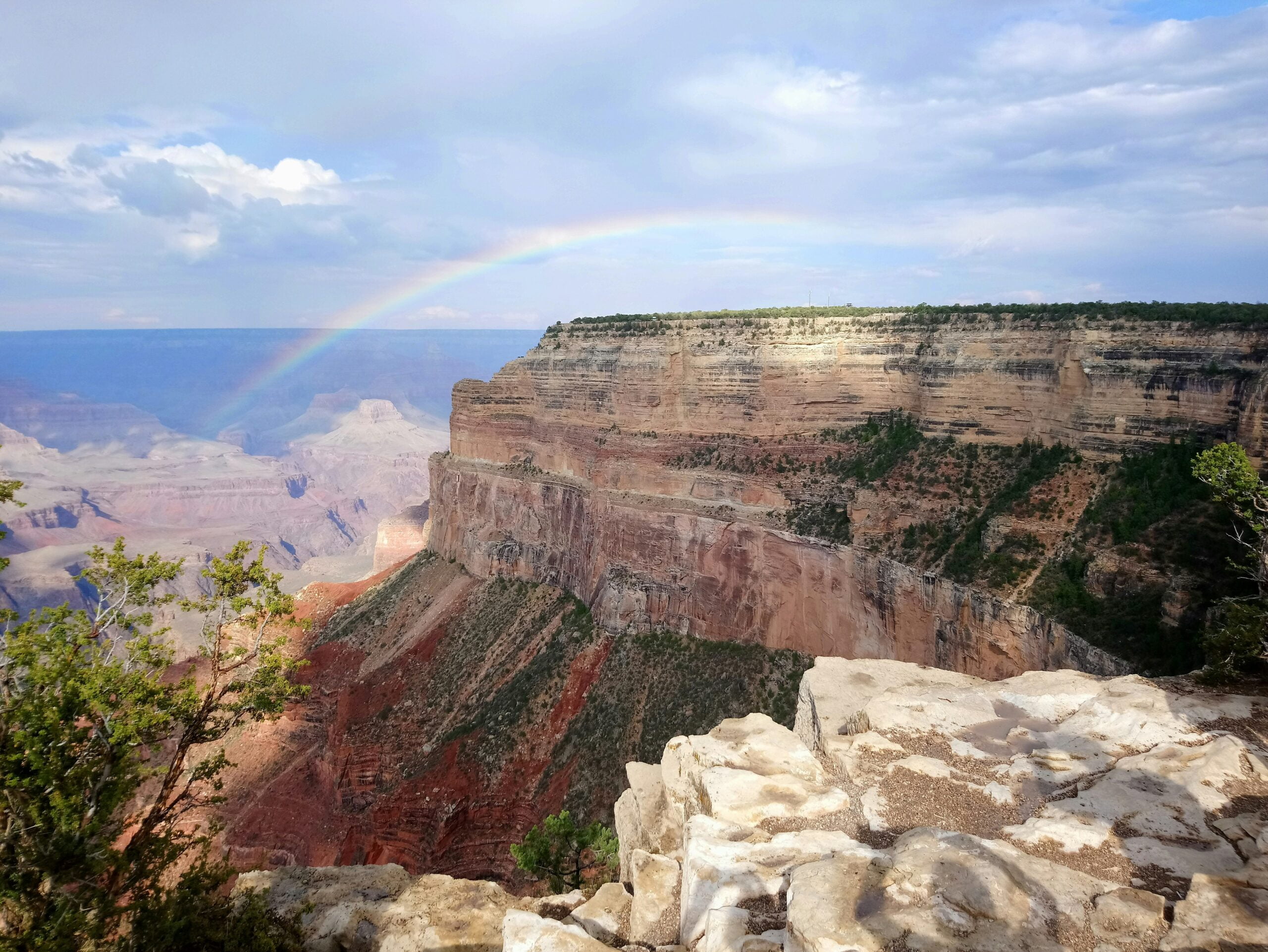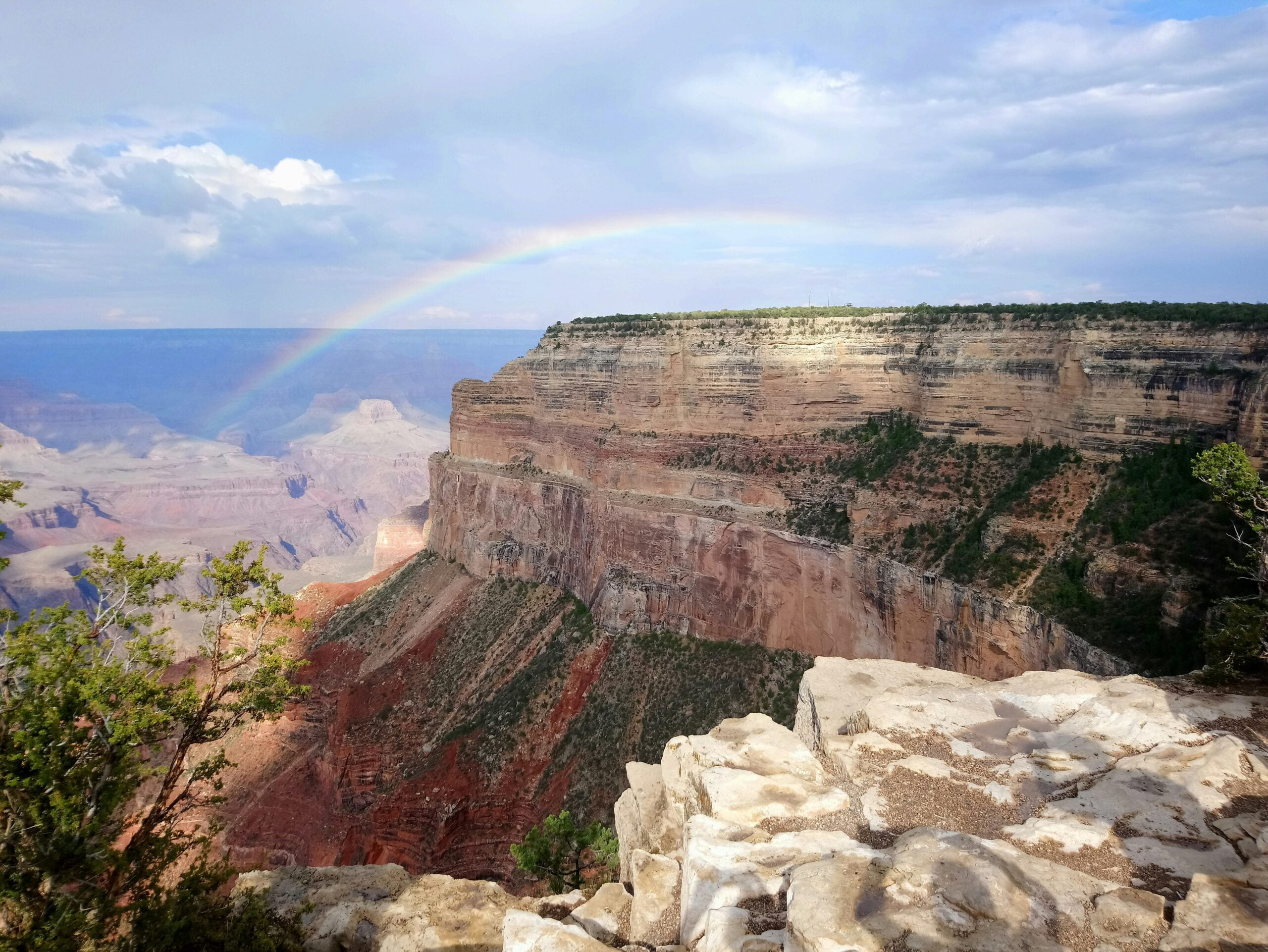
The Basics of Rainbow Formation
A rainbow is one of the most fascinating natural phenomena that capture our imagination. This captivating arc of colors typically appears after a rainfall, illuminating the sky with its vibrant hues. Understanding how a rainbow forms involves a little dive into the world of physics and meteorology.
The Role of Sunlight and Water Droplets
When sunlight passes through raindrops, it gets refracted, or bent, as it enters the droplet. This initial refraction separates the white light into its constituent colors. Following this, the light reflects off the inner surface of the droplet and undergoes a second refraction as it exits the droplet. This dual refraction and internal reflection lead to the spread of colors, resulting in the rainbow we see in the sky.
Order and Appearance of Colors in a Rainbow
The colors of a rainbow appear in a specific order due to the different wavelengths of light. From the outermost arc to the innermost, the colors are red, orange, yellow, green, blue, indigo, and violet. This sequence is often remembered by the mnemonic ‘ROYGBIV.’ Each color bends at a different angle, which is why we perceive the spectrum in that particular order.
Optimal Conditions for Rainbow Formation
Rainbows commonly appear during the rainy season when there is a mixture of sunshine and rain. For the best viewing experience, the observer should have the sun behind them, with the rain in front. Early morning or late afternoon offers the most favorable angles for witnessing this beautiful natural display.
In summary, next time you see a rainbow, you’ll know it’s the result of a complex interplay between sunlight and water droplets, seamlessly blending physics and nature.

